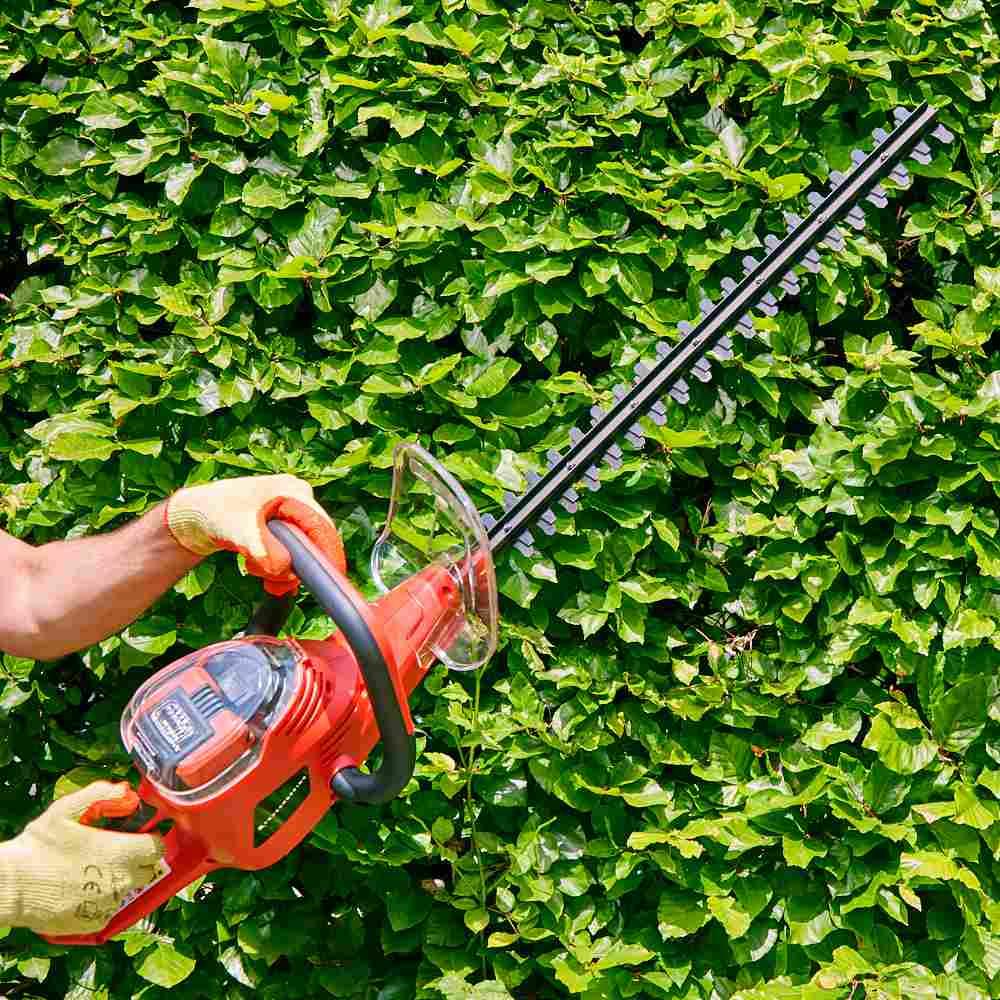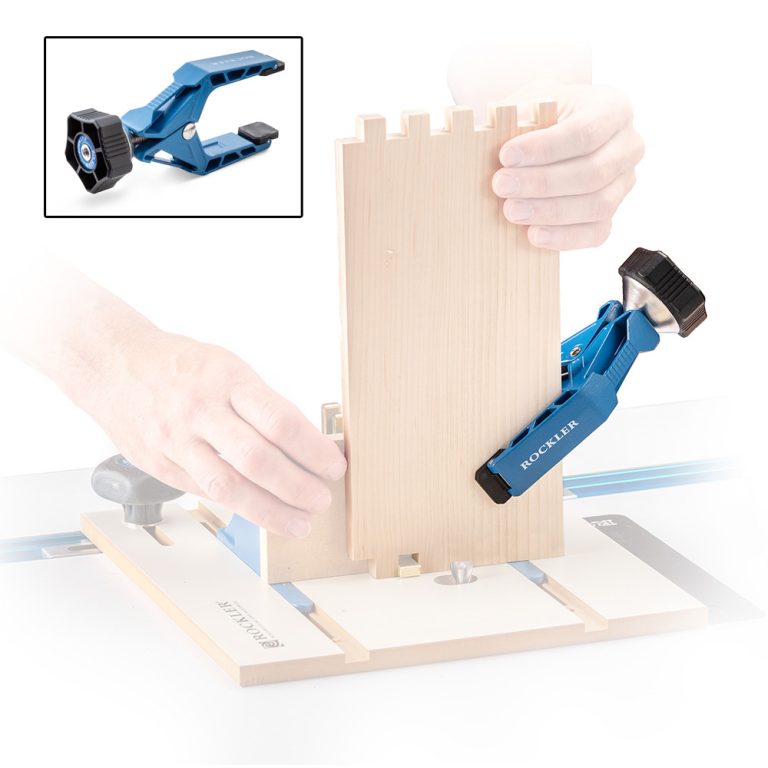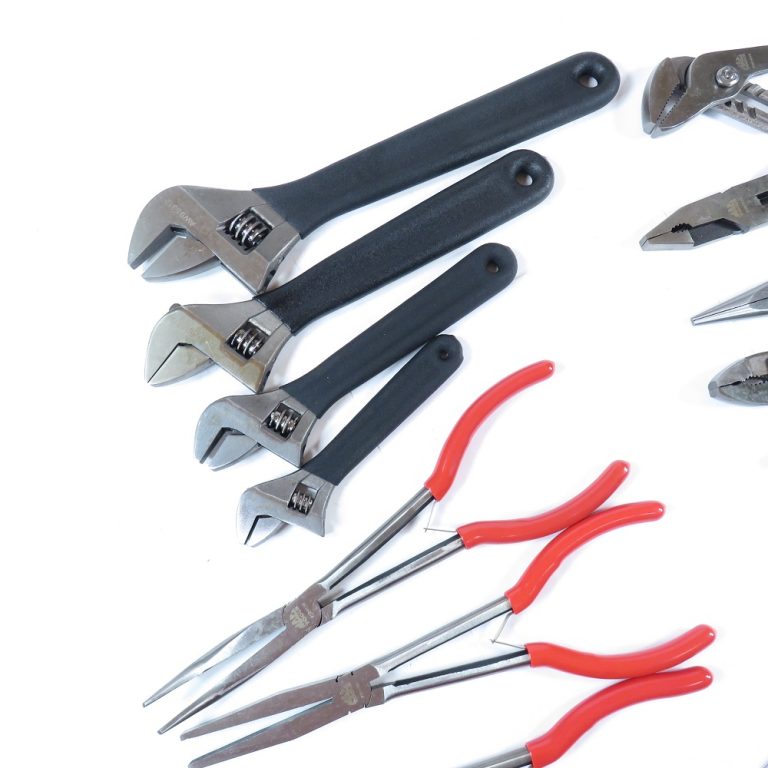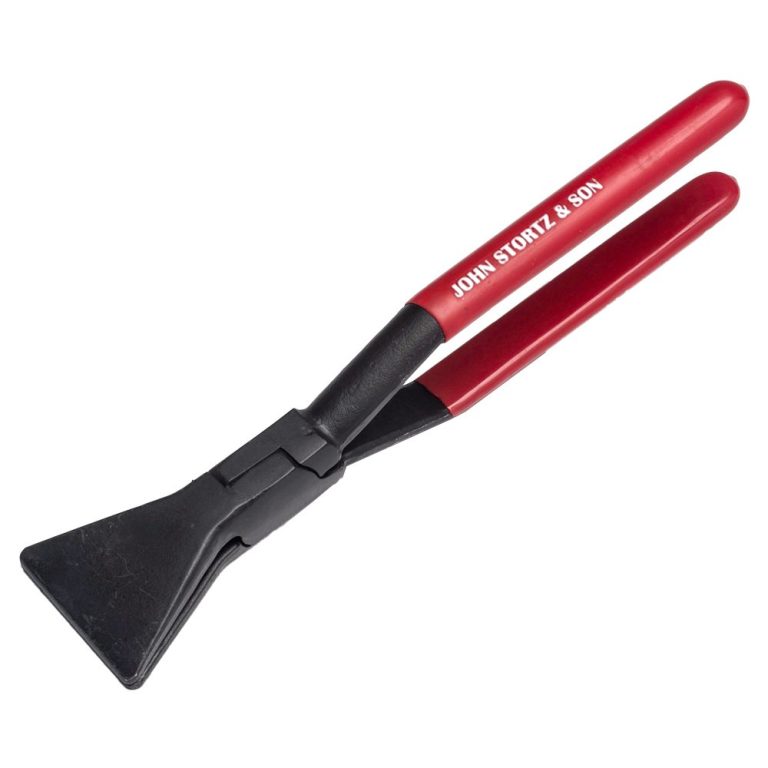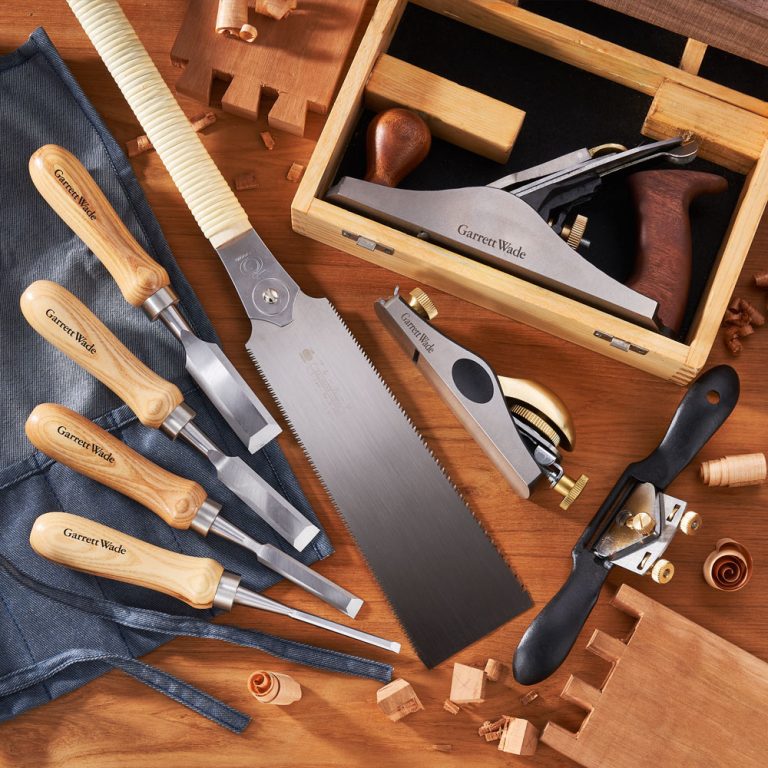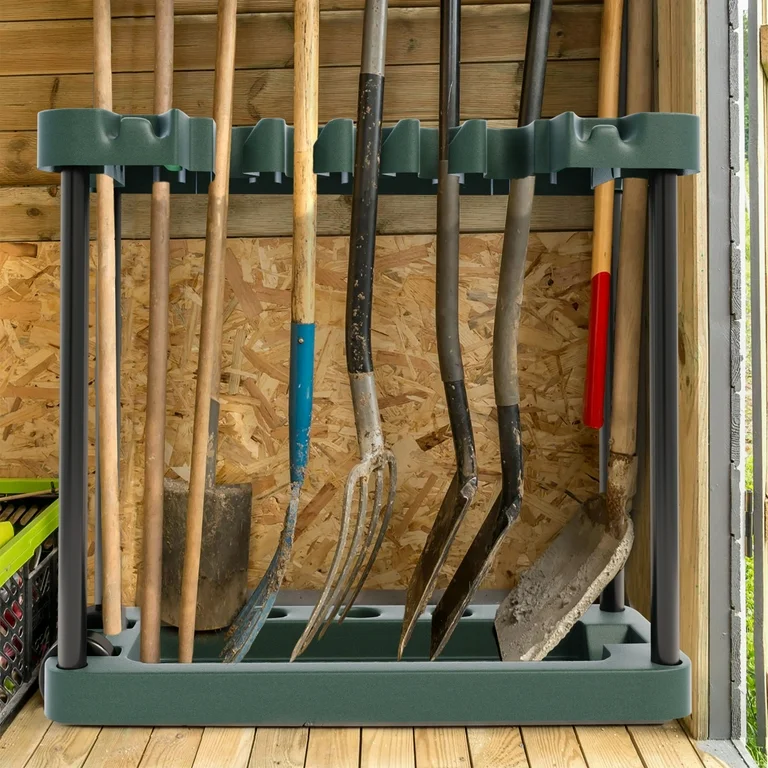Revolutionize Your Gardening with Electric Tools: Power, Precision, and Eco-Friendly Solutions
In the world of gardening, electric tools have emerged as game-changers, offering a perfect blend of power, precision, and environmental friendliness. These innovative devices have transformed the way gardeners approach their outdoor spaces, making tasks easier, faster, and more enjoyable. From lawn mowers to hedge trimmers, electric garden tools provide a wide range of benefits that traditional manual or gas-powered equipment simply can’t match. This comprehensive guide explores the world of electric garden tools, their advantages, popular options, and how they can elevate your gardening experience to new heights.
The Rise of Electric Garden Tools: A Green Revolution
The gardening industry has witnessed a significant shift towards electric tools in recent years, driven by growing environmental concerns and technological advancements. Electric garden tools offer a cleaner, quieter, and more sustainable alternative to their gas-powered counterparts. These eco-friendly options produce zero emissions during operation, helping to reduce the carbon footprint associated with garden maintenance. Additionally, electric tools eliminate the need for fossil fuels, reducing dependence on non-renewable resources and contributing to a greener future. The transition to electric garden tools aligns perfectly with the increasing focus on sustainable living and eco-conscious gardening practices.
Advantages of Electric Garden Tools: Powering Up Your Garden Game
Electric garden tools bring a host of advantages to the table, making them an attractive option for both amateur and professional gardeners alike. One of the most significant benefits is their ease of use. Unlike gas-powered tools that require pulling cords, priming engines, or mixing fuel, electric tools start with the simple press of a button. This convenience factor makes them accessible to gardeners of all ages and physical abilities.
Electric tools also tend to be lighter and more maneuverable than their gas-powered counterparts, reducing fatigue and allowing for more precise control during operation. The quieter operation of electric tools is another major advantage, enabling gardeners to work without disturbing neighbors or wildlife. This feature proves particularly valuable in residential areas or for those who prefer a more peaceful gardening experience.
Popular Electric Garden Tools: Your Arsenal for a Perfect Lawn
The world of electric garden tools offers a wide array of options to tackle various gardening tasks. Electric lawn mowers stand out as one of the most popular choices, providing an efficient and eco-friendly way to maintain a perfectly manicured lawn. These mowers come in corded and cordless varieties, with the latter offering greater mobility and flexibility. Electric string trimmers, also known as weed whackers, excel at trimming grass and weeds in hard-to-reach areas, ensuring a polished look for your garden edges and corners.
For maintaining hedges and shrubs, electric hedge trimmers offer precise cutting power, allowing gardeners to shape their plants with ease and accuracy. Electric leaf blowers provide a quick and effortless way to clear fallen leaves and debris, keeping gardens tidy throughout the seasons. For those with larger properties or more demanding tasks, electric chainsaws offer a powerful solution for trimming branches and cutting small trees without the noise and emissions associated with gas-powered models.
Cordless vs. Corded: Choosing the Right Power Source
When selecting electric garden tools, gardeners face the choice between cordless and corded options. Each type has its own set of advantages and considerations. Cordless tools, powered by rechargeable batteries, offer unparalleled mobility and convenience. They allow gardeners to move freely around their outdoor spaces without the constraints of a power cord. This freedom proves particularly valuable for larger properties or areas far from electrical outlets. However, cordless tools may have limited runtime depending on battery capacity and require recharging between uses.
On the other hand, corded electric tools provide continuous power without the need for battery changes or recharging. They often deliver more consistent performance and are generally lighter due to the absence of a battery pack. The main drawback of corded tools lies in their limited range, as they require a nearby power source and can be hindered by the cord’s length. The choice between cordless and corded tools ultimately depends on the specific needs of the gardener, the size of the property, and personal preferences.
Maintenance and Care: Keeping Your Electric Tools in Top Shape
Proper maintenance and care play crucial roles in ensuring the longevity and optimal performance of electric garden tools. While these tools generally require less maintenance than their gas-powered counterparts, they still benefit from regular attention. For cordless tools, proper battery care stands out as a key consideration. Storing batteries in a cool, dry place and avoiding complete discharge can significantly extend their lifespan. Regular cleaning after each use helps prevent the buildup of dirt, grass clippings, and debris that can affect tool performance.
This cleaning routine should include wiping down the exterior, clearing any vents or air intakes, and inspecting moving parts for signs of wear. Sharpening blades on tools like lawn mowers and hedge trimmers ensures clean cuts and reduces strain on the motor. Periodically checking and tightening any loose screws or bolts helps maintain the tool’s structural integrity. For corded tools, inspecting the power cord for any signs of damage or wear proves essential for safety. By following these simple maintenance practices, gardeners can keep their electric tools running smoothly for years to come.
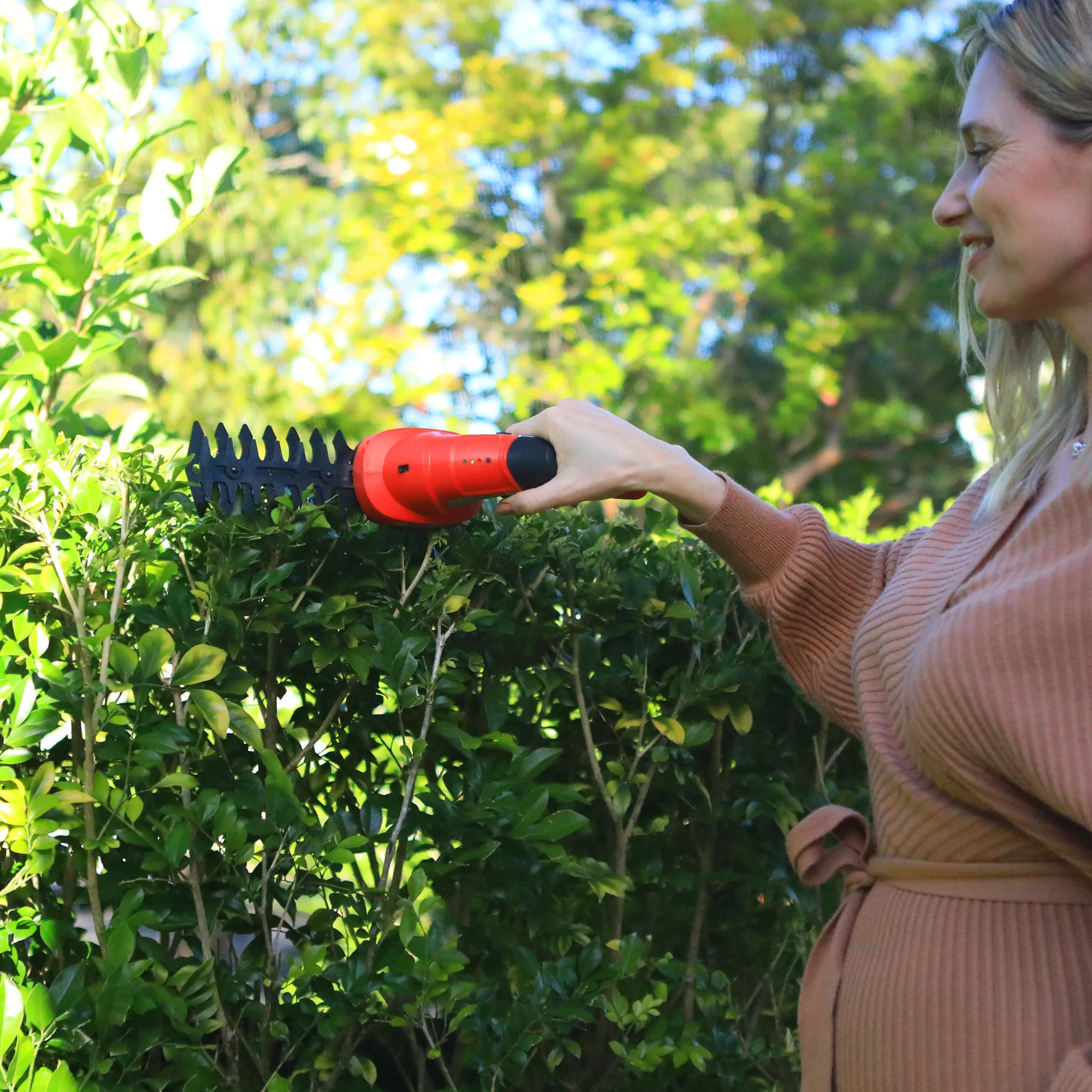
Overcoming Limitations: Addressing Common Concerns
While electric garden tools offer numerous advantages, they also come with certain limitations that gardeners should consider. One common concern revolves around power output, particularly for heavy-duty tasks. While modern electric tools have made significant strides in this area, some may still find them less powerful than gas-powered alternatives for certain applications. However, technological advancements continue to narrow this gap, with many high-end electric tools now rivaling their gas-powered counterparts in performance.
Another limitation lies in the runtime of cordless tools, which depends on battery capacity. To address this issue, many manufacturers now offer interchangeable battery systems, allowing users to swap out batteries for extended use. Some gardeners may also worry about the environmental impact of battery production and disposal. However, the long-term benefits of reduced emissions and fossil fuel consumption often outweigh these concerns, especially as battery recycling programs become more widespread. By understanding these limitations and exploring available solutions, gardeners can make informed decisions and maximize the benefits of electric tools in their outdoor spaces.
Future Innovations: The Next Generation of Electric Garden Tools
The world of electric garden tools continues to evolve rapidly, with exciting innovations on the horizon. Manufacturers are constantly pushing the boundaries of battery technology, developing more powerful and longer-lasting power sources. This progress will lead to electric tools that can handle even the most demanding tasks with ease. Smart technology integration represents another promising area of development. Future electric garden tools may incorporate sensors and AI-powered systems to optimize performance based on specific garden conditions.
For example, smart lawn mowers could adjust their cutting height and speed according to grass type and growth patterns. Improved energy efficiency stands out as a key focus for future innovations, with tools designed to maximize power output while minimizing energy consumption. This advancement will result in longer runtimes for cordless tools and reduced electricity costs for corded options. As solar technology becomes more accessible, gardeners may soon see the emergence of solar-powered charging stations for their electric tools, further enhancing their eco-friendly credentials. These exciting developments promise to make electric garden tools even more versatile, efficient, and sustainable in the coming years.
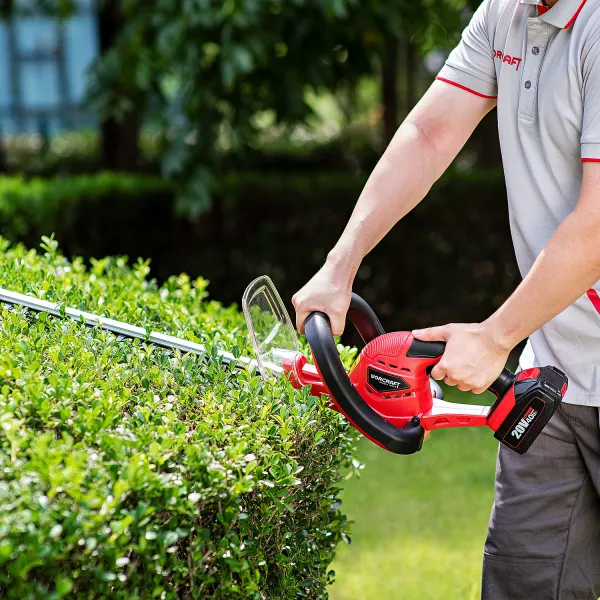
Making the Switch: Transitioning to Electric Garden Tools
For gardeners considering the switch to electric tools, the transition process offers an opportunity to reassess their gardening needs and create a more efficient, eco-friendly outdoor maintenance routine. Starting with one or two essential tools, such as a lawn mower or string trimmer, allows gardeners to experience the benefits of electric options without a complete overhaul of their equipment. When selecting electric tools, considering factors like property size, specific gardening tasks, and personal preferences helps ensure the right fit.
Researching different brands and models, reading user reviews, and even testing tools at local garden centers can provide valuable insights into performance and usability. For those with existing gas-powered tools, gradual replacement as older equipment wears out offers a cost-effective way to transition. Many gardeners find that once they experience the convenience, quieter operation, and reduced maintenance of electric tools, they quickly embrace the switch across their entire garden tool collection. By making informed choices and embracing the benefits of electric garden tools, gardeners can create a more sustainable and enjoyable outdoor space while contributing to a greener future.
